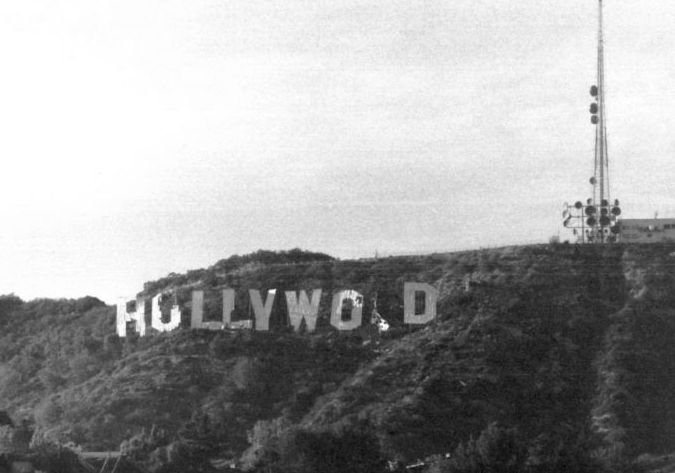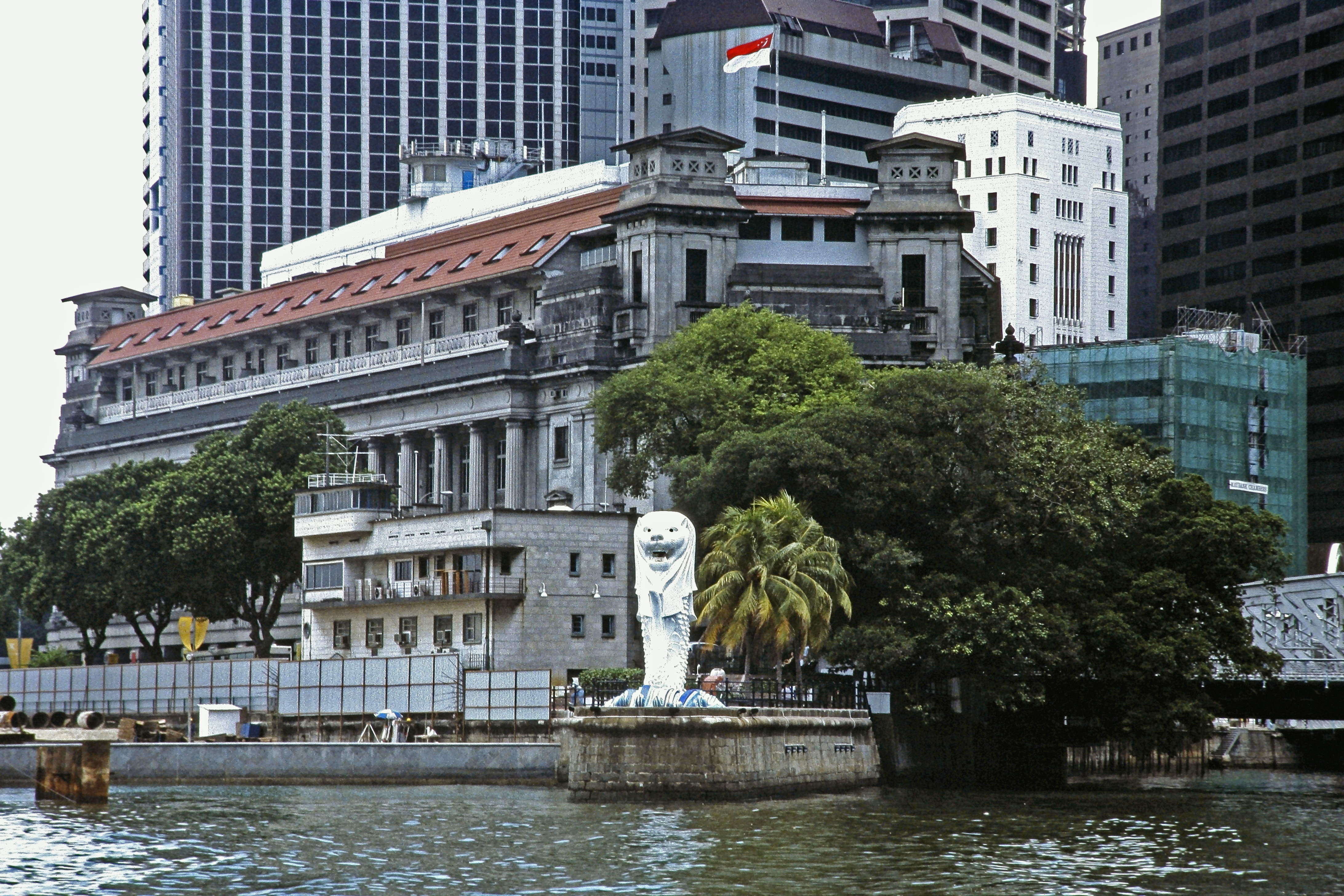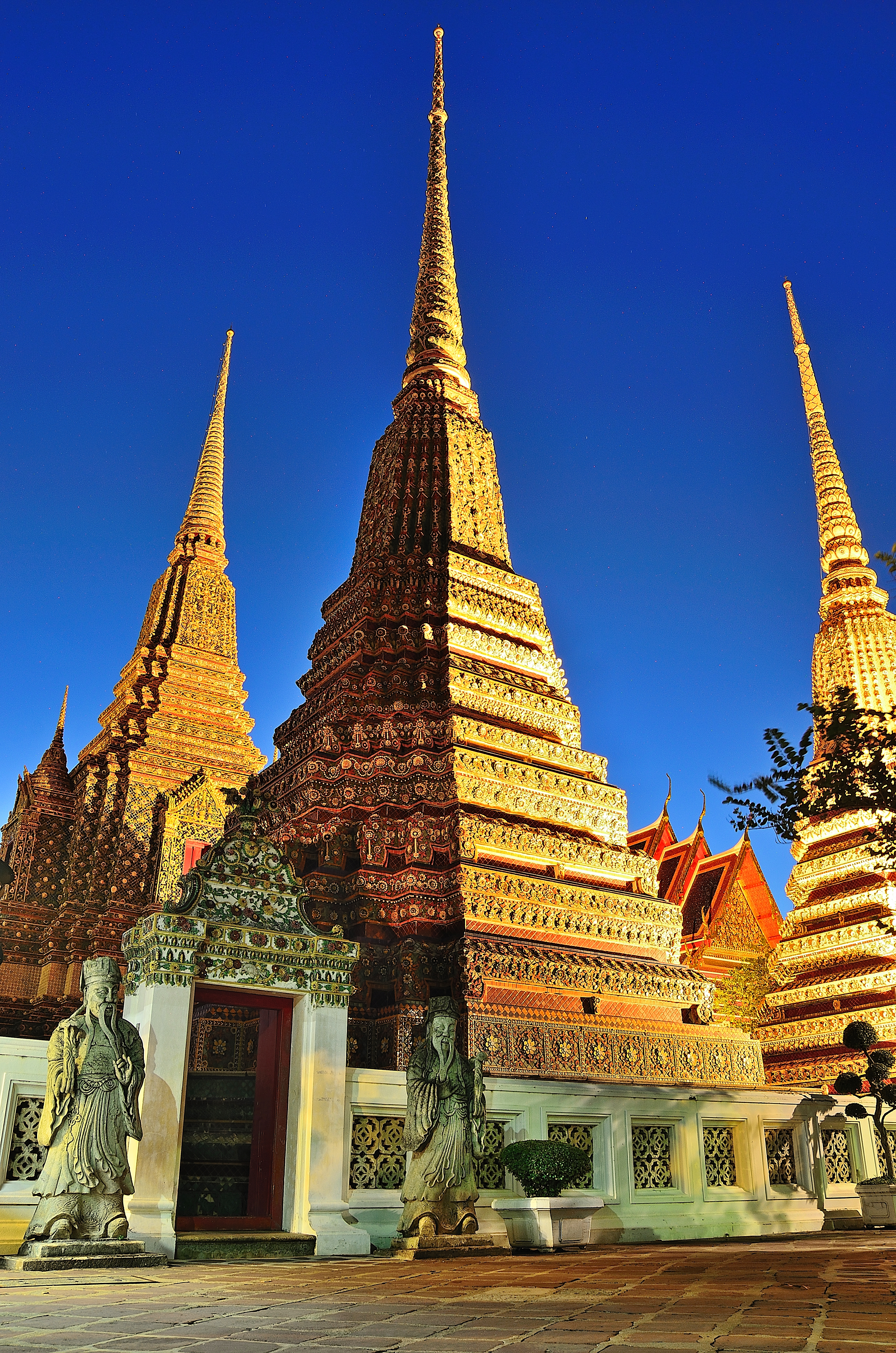|
Tropical Village
Tropical Village is a miniature amusement theme park in Ayer Hitam, Batu Pahat District, Johor, Malaysia. The replicas of the structures are built within this theme park that allow visitors to have another memorable experience. The park is divided into four sections: Landmarks, Leisure Corner, Playground and Agricultural Enclosure. ''The Landmarks Section'' is a garden with a wonderful famous landmark in the whole world. There's a section of Malay Culture like Kompang sculpture, Kuda Kepang, Mini Malaysia such as Petronas Towers, A Famosa Fort and Mini World. ''The Leisure Corner'' is especially appealing to younger visitors with its Haunted House, House of Mirrors and Dinosaur Train among other attractions. The Playground with its Oriental Island, Pet Corner and Garden of the Shy Monkey is also a favourite with little ones. The park has dorms for visitors who want to stay overnight and continue the fun the next day. List of major attractions in the Mini World, Tropical ... [...More Info...] [...Related Items...] OR: [Wikipedia] [Google] [Baidu] |
Ayer Hitam
Ayer Hitam, nicknamed ''Bandar Seramik'' ('Ceramic Town'), is a town in Batu Pahat District, Johor, Malaysia. Located just at the junction of Federal Route and Federal Route , it is known for its many outlets selling pottery and other crafts. It also is one of the interchange for North–South Expressway. History Ayer Hitam simply means Black Water. A lively town, Ayer Hitam is always bustling with passing vehicles and people who travels north and south. This place is well known for its ceramic items such as flower vases in an assortment of colours, photo frames, jars, ashtrays, and other home decorative items. For a closer look, you can also watch the potters at work. Aside from quality souvenirs, Ayer Hitam is also dotted with many stalls selling local tidbits known as 'kerepek' among the locals. Amongst the famous ones are prawn crackers, steamed corn, tapioca chips, and the all-time must-try "otak-otak". These food items are fresh and prepacked for you, and sold at reas ... [...More Info...] [...Related Items...] OR: [Wikipedia] [Google] [Baidu] |
Hollywood Sign
The Hollywood Sign is an American landmark and cultural icon overlooking Hollywood, Los Angeles, California. Originally the Hollywoodland Sign, it is situated on Mount Lee, in the Beachwood Canyon area of the Santa Monica Mountains. Spelling out the word ''Hollywood'' in white uppercase letters and 350 feet (106.7 m) long, it was originally created in 1923 as a temporary advertisement for a local real estate development, but due to increasing recognition the sign was left up, and replaced in 1978 with a more durable all-steel structure. Among the best-known landmarks in both California and the United States, the sign makes frequent appearances in popular culture, particularly in establishing shots for films and television programs set in or around Hollywood. Signs of similar style, but spelling different words, are frequently seen as parodies. The Hollywood Chamber of Commerce holds trademark rights to the Hollywood Sign but only for certain uses. Because of its widespread r ... [...More Info...] [...Related Items...] OR: [Wikipedia] [Google] [Baidu] |
Spinx
A sphinx ( , grc, σφίγξ , Boeotian: , plural sphinxes or sphinges) is a mythical creature with the head of a human, the body of a lion, and the wings of a falcon. In Greek tradition, the sphinx has the head of a woman, the haunches of a lion, and the wings of a bird. She is mythicized as treacherous and merciless, and will kill and eat those who cannot answer her riddle. This deadly version of a sphinx appears in the myth and drama of Oedipus. Unlike the Greek sphinx, which was a woman, the Egyptian sphinx is typically shown as a man (an androsphinx ( grc, ανδρόσφιγξ)). In addition, the Egyptian sphinx was viewed as benevolent but having a ferocious strength similar to the malevolent Greek version. Both were thought of as guardians and often flank the entrances to temples. In European decorative art, the sphinx enjoyed a major revival during the Renaissance. Later, the sphinx image, initially very similar to the original Ancient Egyptian concept, was exported ... [...More Info...] [...Related Items...] OR: [Wikipedia] [Google] [Baidu] |
Giza
Giza (; sometimes spelled ''Gizah'' arz, الجيزة ' ) is the second-largest city in Egypt after Cairo and fourth-largest city in Africa after Kinshasa, Lagos and Cairo. It is the capital of Giza Governorate with a total population of 9.2 million as of 2021. It is located on the west bank of the Nile, southwest of central Cairo, and is a part of the Greater Cairo metropolis. Giza lies less than north of Memphis (''Men-nefer''), which was the capital city of the first unified Egyptian state from the days of the first pharaoh, Narmer. Giza is most famous as the location of the Giza Plateau, the site of some of the most impressive ancient monuments in the world, including a complex of ancient Egyptian royal mortuary and sacred structures, including the Great Sphinx, the Great Pyramid of Giza, and a number of other large pyramids and temples. Giza has always been a focal point in Egypt's history due to its location close to Memphis, the ancient pharaonic capital of the Old K ... [...More Info...] [...Related Items...] OR: [Wikipedia] [Google] [Baidu] |
Kuwait Towers
The Kuwait Towers are a group of three thin towers in Kuwait City, standing on a promontory into the Persian Gulf. They were the sixth, and last, group in the larger Kuwait Water Towers system of 34 towers (33 store water; one stores equipment), and were built in a style considerably different from the other five groups. The Kuwait Towers were officially inaugurated in March 1979Kuwait Towers closed due to maintenance ''KUNA''. 3 June 2013. Retrieved 30 September 2014. and are regarded as a landmark and symbol of modern . The towers were closed for maintenance from March 2012 to 8 March 2016, with a massive |
Taj Mahal
The Taj Mahal (; ) is an Islamic ivory-white marble mausoleum on the right bank of the river Yamuna in the Indian city of Agra. It was commissioned in 1631 by the Mughal emperor Shah Jahan () to house the tomb of his favourite wife, Mumtaz Mahal; it also houses the tomb of Shah Jahan himself. The tomb is the centrepiece of a complex, which includes a mosque and a guest house, and is set in formal gardens bounded on three sides by a crenellated wall. Construction of the mausoleum was essentially completed in 1643, but work continued on other phases of the project for another 10 years. The Taj Mahal complex is believed to have been completed in its entirety in 1653 at a cost estimated at the time to be around ₹32 million, which in 2020 would be approximately 70 billion (about US $1 billion). The construction project employed some 20,000 artisans under the guidance of a board of architects led by the court architect to the emperor, Ustad Ahmad Lahauri. ... [...More Info...] [...Related Items...] OR: [Wikipedia] [Google] [Baidu] |
Merlion
The Merlion () is the official mascot of Singapore. It is depicted as a mythical creature with the head of a lion and the body of a fish. Being of prominent symbolic nature to Singapore and Singaporeans in general, it is widely used to represent both the city state and its people in sports teams, advertising, branding, tourism and as a national personification. The Merlion was first used in Singapore as the logo for the tourism board. Its name combines " mer", meaning the sea, and "lion". The fish body represents Singapore's origin as a fishing village when it was called ''Temasek'', which means "sea town" in Javanese. The lion head represents Singapore's original name—''Singapura''—meaning "lion city" or "kota singa". The symbol was designed by Alec Fraser-Brunner, a member of the Souvenir Committee and curator of the Van Kleef Aquarium, for the logo of the Singapore Tourism Board (STB) in use from 26 March, 1964 to 1997 and has been its trademarked symbol since 20 Jul ... [...More Info...] [...Related Items...] OR: [Wikipedia] [Google] [Baidu] |
Borobudur
Borobudur, also transcribed Barabudur ( id, Candi Borobudur, jv, ꦕꦤ꧀ꦝꦶꦧꦫꦧꦸꦝꦸꦂ, Candhi Barabudhur) is a 9th-century Mahayana Buddhist temple in Magelang Regency, not far from the town of Muntilan, in Central Java, Indonesia. It is the world's largest Buddhist temple. The temple consists of nine stacked platforms, six square and three circular, topped by a central dome. It is decorated with 2,672 relief panels and originally 504 Buddha statues. The central dome is surrounded by 72 Buddha statues, each seated inside a perforated stupa. Built in the 9th century during the reign of the Sailendra Dynasty, the temple design follows Javanese Buddhist architecture, which blends the Indonesian indigenous tradition of ancestor worship and the Buddhist concept of attaining nirvāṇa. The temple demonstrates the influences of Gupta art that reflects India's influence on the region, yet there are enough indigenous scenes and elements incorporated to make Boro ... [...More Info...] [...Related Items...] OR: [Wikipedia] [Google] [Baidu] |
Wat Pho
Wat Pho ( th, วัดโพธิ์, ), also spelled Wat Po, is a Buddhism, Buddhist temple complex in the Phra Nakhon, Phra Nakhon District, Bangkok, Thailand. It is on Rattanakosin Island, directly south of the Grand Palace, Bangkok, Grand Palace. Known also as the Temple of the Reclining Buddha, its official name is Wat Phra Chetuphon Wimon Mangkhalaram Rajwaramahawihan ( th, วัดพระเชตุพนวิมลมังคลารามราชวรมหาวิหาร; ). The more commonly known name, Wat Pho, is a contraction of its older name, ''Wat Photaram'' (; ). The temple is first on the list of six temples in Thailand classed as the highest grade of the first-class royal temples. It is associated with King Rama I who rebuilt the temple complex on an earlier temple site. It became his main temple and is where some of his ashes are enshrined. The temple was later expanded and extensively renovated by Rama III. The temple complex houses the largest ... [...More Info...] [...Related Items...] OR: [Wikipedia] [Google] [Baidu] |
Sigiriya
Sigiriya or Sinhagiri (''Lion Rock'' si, සීගිරිය, ta, சிகிரியா/சிங்ககிரி, pronounced see-gi-ri-yə) is an ancient rock fortress located in the northern Matale District near the town of Dambulla in the Central Province, Sri Lanka. It is a site of historical and archaeological significance that is dominated by a massive column of rock approximately high. According to the ancient Sri Lankan chronicle the '' Cūḷavaṃsa'', this area was a large forest, then after storms and landslides it became a hill and was selected by King Kashyapa (AD 477–495) for his new capital. He built his palace on top of this rock and decorated its sides with colourful frescoes. On a small plateau about halfway up the side of this rock he built a gateway in the form of an enormous lion. The name of this place is derived from this structure; ''Sīnhāgiri'', the Lion Rock (an etymology similar to ''Sinhapura'', the Sanskrit name of Singapore, the Lio ... [...More Info...] [...Related Items...] OR: [Wikipedia] [Google] [Baidu] |
Great Wall Of China
The Great Wall of China (, literally "ten thousand ''li'' wall") is a series of fortifications that were built across the historical northern borders of ancient Chinese states and Imperial China as protection against various nomadic groups from the Eurasian Steppe. Several walls were built from as early as the 7th century BC, with selective stretches later joined by Qin Shi Huang (220–206 BC), the first emperor of China. Little of the Qin wall remains. Later on, many successive dynasties built and maintained multiple stretches of border walls. The best-known sections of the wall were built by the Ming dynasty (1368–1644). Apart from defense, other purposes of the Great Wall have included border controls, allowing the imposition of duties on goods transported along the Silk Road, regulation or encouragement of trade and the control of immigration and emigration. Furthermore, the defensive characteristics of the Great Wall were enhanced by the construction o ... [...More Info...] [...Related Items...] OR: [Wikipedia] [Google] [Baidu] |







.jpg)
